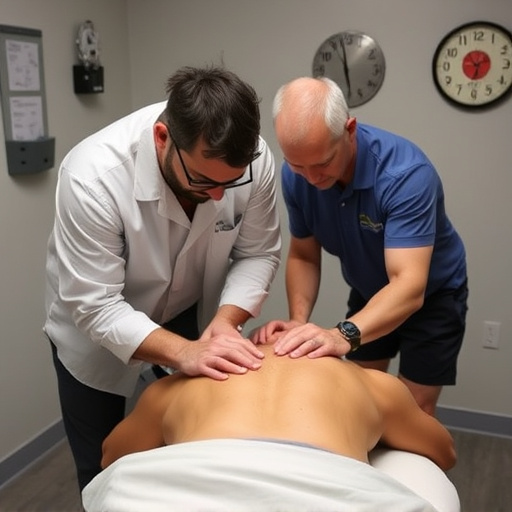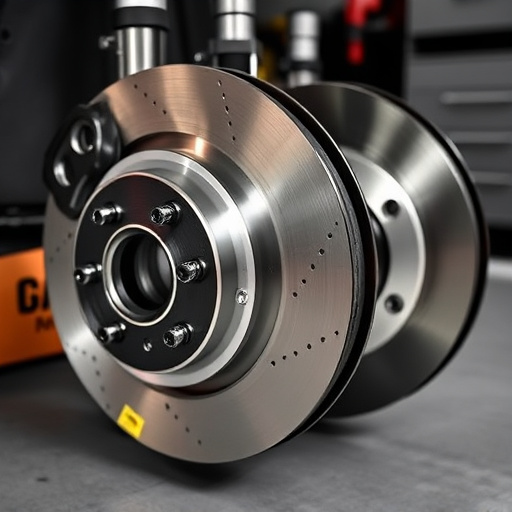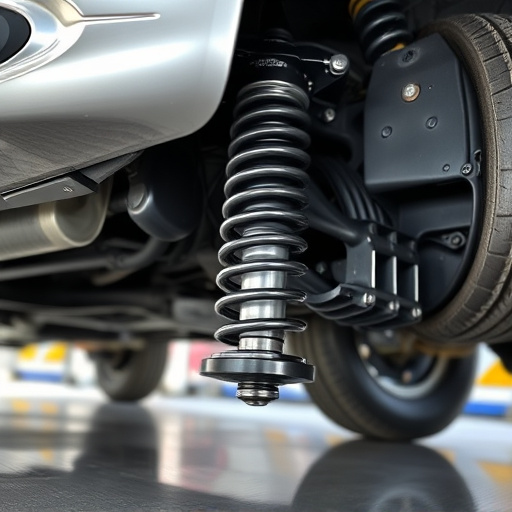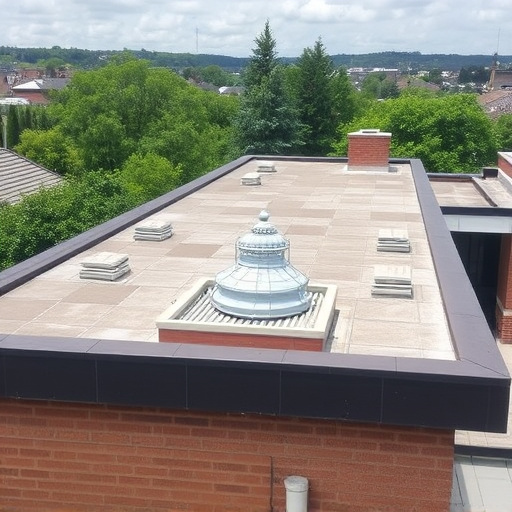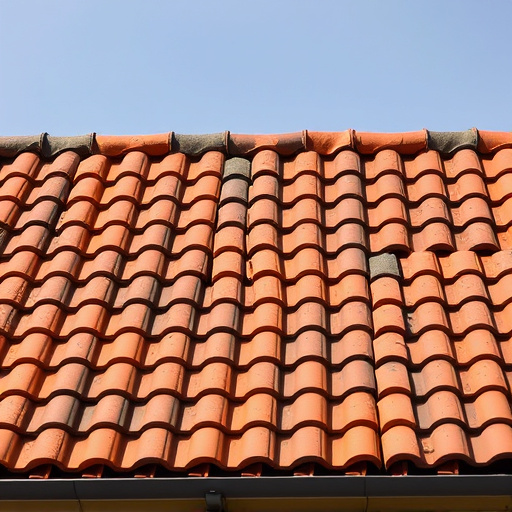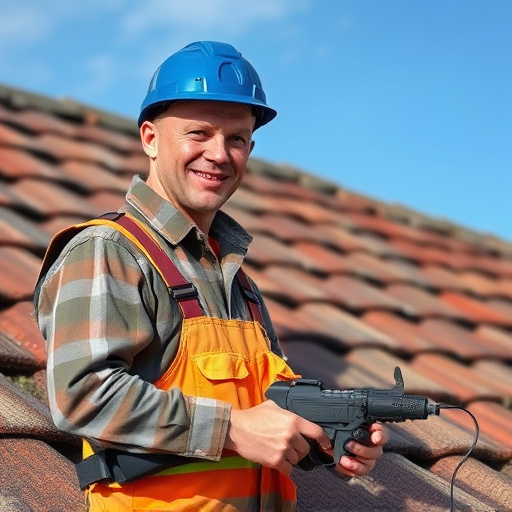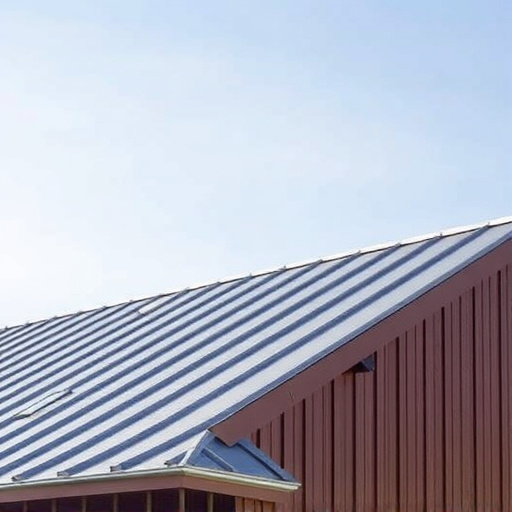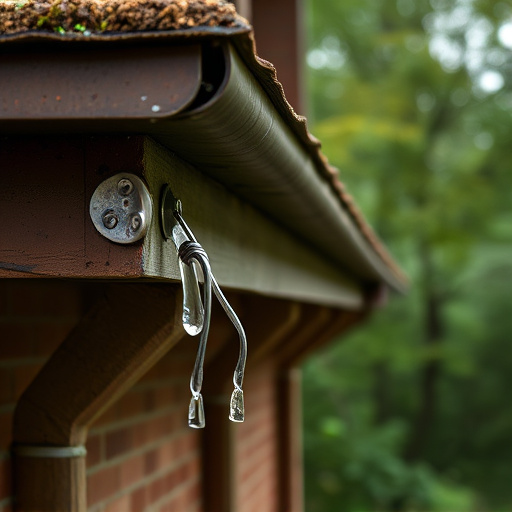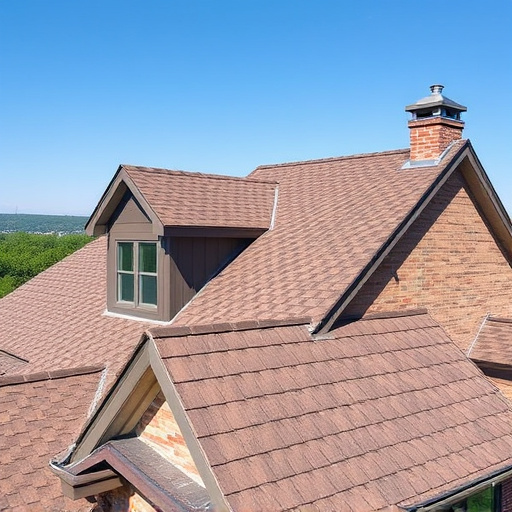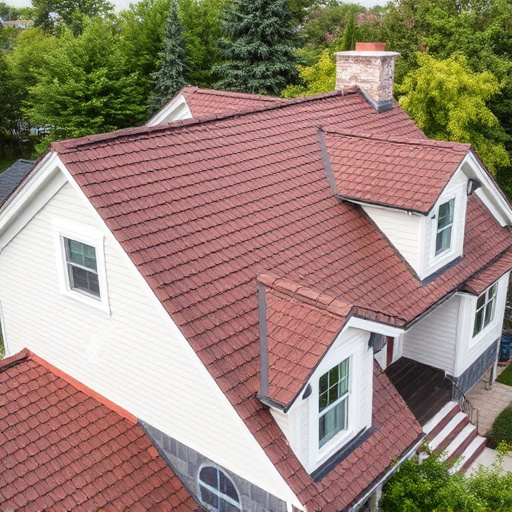Installing vinyl siding requires precise measurement and cutting with appropriate tools to avoid waste, save costs, and ensure an aesthetically pleasing finish. Accurate lapping and sealing prevent water damage, enhancing durability. Avoiding gaps and misalignments through careful alignment, high-quality materials, and minimal 1/8 inch gaps ensures proper ventilation and prevents stress on the siding, resulting in uniform, seamless results for a polished residential roofing look.
Vinyl siding is a popular choice for home exterior cladding, offering durability and low maintenance. However, proper installation is key to ensuring its longevity and aesthetic appeal. This article guides you through the critical steps of installing vinyl siding seamlessly, focusing on three primary areas: accurate measuring and cutting, proper lapping and sealing techniques, and avoiding gaps or misalignments. By mastering these aspects, you’ll achieve a professional-looking finish for your vinyl siding project.
- Measuring and Cutting Vinyl Siding Accurately
- Ensuring Proper Lap and Sealing Techniques
- Avoiding Common Gaps and Misalignments
Measuring and Cutting Vinyl Siding Accurately
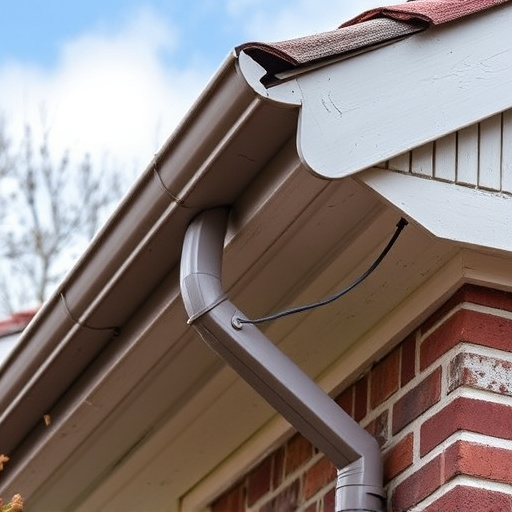
When installing vinyl siding, one of the most critical steps to ensure a professional finish is measuring and cutting the material accurately. It’s essential to take precise measurements of the walls or areas where the vinyl siding will be applied before purchasing any rolls. This process allows for the exact amount of siding needed, reducing waste and saving costs. Accurate measurement also ensures that each piece of siding aligns perfectly, creating a seamless and aesthetically pleasing home exterior.
Cutting vinyl siding requires specific tools and techniques to maintain its integrity and appearance. Using the right equipment, such as a table saw with a fine-toothed blade or a specialized vinyl siding cutter, is crucial. Make sure to follow safety guidelines when operating these tools to prevent accidents. Proper cutting technique involves scoring the vinyl slightly below the surface to ensure clean breaks without chipping or damaging the material. This meticulous approach guarantees that the final installation provides a durable and visually appealing solution for your roofing services or home exterior services needs.
Ensuring Proper Lap and Sealing Techniques
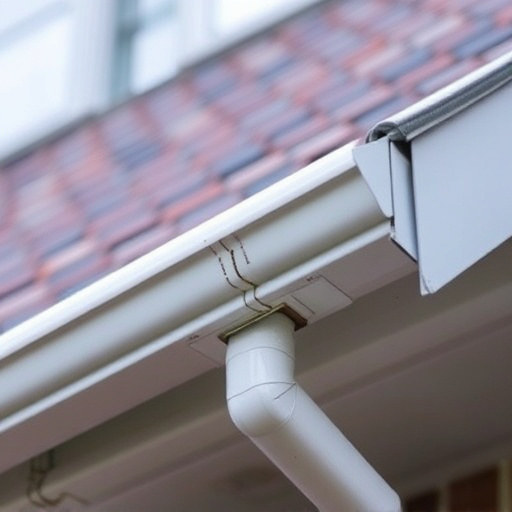
Proper lapping and sealing are crucial aspects of successful vinyl siding installation. When installing vinyl siding, it’s essential to ensure that each panel overlaps the one below it by the recommended amount, typically 1/4 inch or as specified by the manufacturer. This overlapping creates a sealed barrier against water intrusion, preventing moisture-related damage.
Proper sealing techniques involve using high-quality sealing compounds specifically designed for vinyl siding. These compounds fill gaps and create strong bonds between panels, enhancing the overall durability of the roofing solutions. In commercial siding installations, where larger areas need to be covered, maintaining meticulous lapping and sealing practices is even more critical. This ensures not only aesthetic appeal but also long-term performance, protecting structures from environmental elements and potential costly repairs down the line.
Avoiding Common Gaps and Misalignments
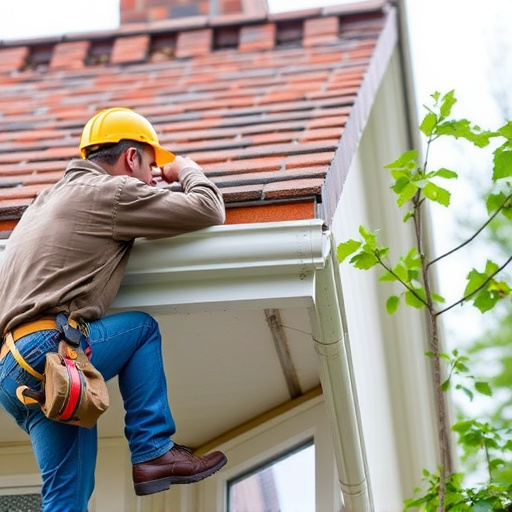
When installing vinyl siding, one of the most common mistakes to avoid is creating gaps and misalignments between panels. This can occur due to improper measurement, poor quality materials, or rushed installation. To prevent this, ensure that all measurements are accurate and allow for minimal expansion and contraction of the material. Use high-quality vinyl siding designed for residential roofing solutions, as these products are more flexible and durable.
Before starting the installation process, double-check the alignment of each panel with the adjacent ones. Proper gaps between panels should be around 1/8 inch (3 mm) to allow for ventilation and movement without causing stress on the siding or creating an entry point for water. Home exterior services that specialize in vinyl siding installation often have tools and techniques to achieve precise, seamless results, ensuring your residential roofing looks uniform and professional.
When installing vinyl siding, attention to detail is key. By accurately measuring, ensuring proper lapping and sealing, and avoiding gaps or misalignments, you can achieve a professional-looking finish that enhances your home’s curb appeal. Remember, high-quality installation starts with understanding and adhering to best practices to make your vinyl siding investment last for years to come.



